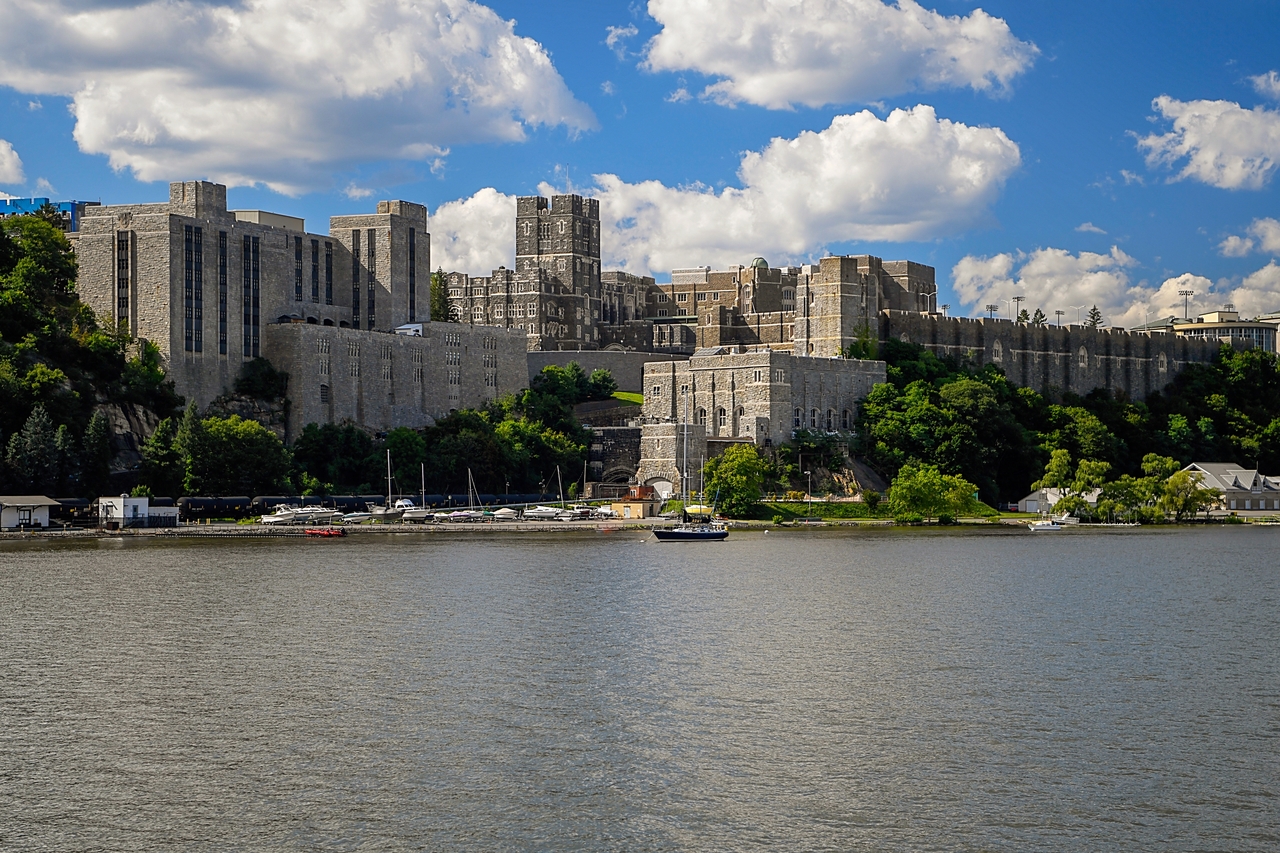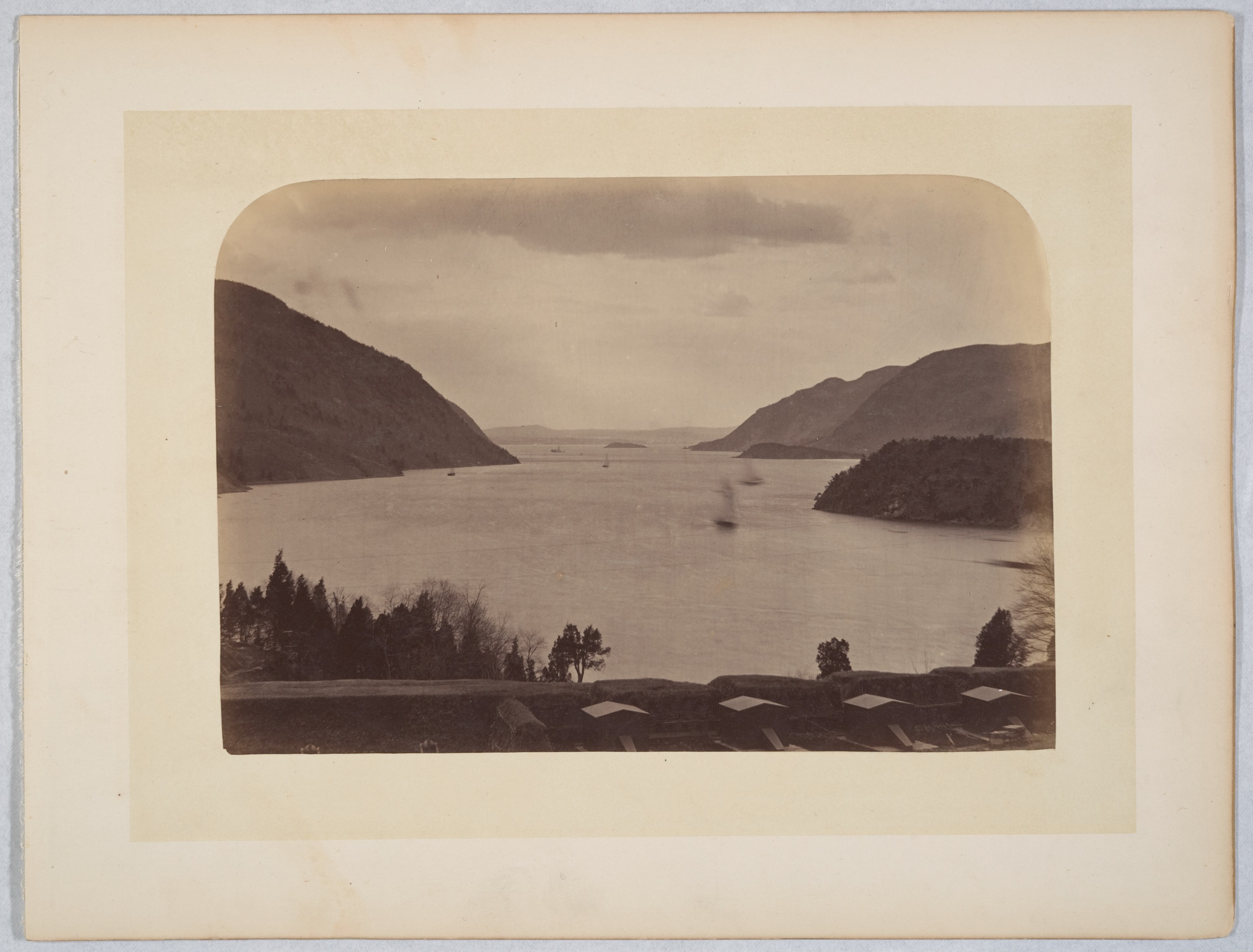West Point Hudson River - In Revolutionary America, sending an army was a difficult task. the roads they had were more than carriage roads and the terrain was difficult. Both armies used water as a means of transportation. British rule turned the battle for sea transportation into the rivers and waterways that carried the colonies. Rivers such as Savannah, Dane, York, Delaware, Mohawk and Hudson are strategically important. However, the Hudson must have been one of the most important rivers of the war.
Find Hudson on the map and it will become clear why it was so important. Built by Lake Champlain, Lake George, and the Hudson, the road connects Montreal, British Canada, with New York City. Soldiers moving this way have to move from land through two main locations. Two forts dating back to the French and Indian War guard these points. Fort Ticonderoga guards the harbor between Lake Chapelle and Lake George, and Fort Edward commands the waters of the Hudson. Another fort, Stanwix, guards the western approach on the Mohawk River. Together, these forts protected Albany, one of the oldest cities in the colonies, from attacks from the north and west.
West Point Hudson River

In June 1777, a British convoy headed by General John Burgoyne sailed from Quebec with the goal of capturing Albany and securing the Hudson from the south. British control of the Hudson would cut off the New England colonies, considered the most rebellious of the thirteen, from their allies; British strategists believed the war would end. The key to this strategy was another column headed up the Hudson from New York by General William Howe.
New York, Usa. West Point Military Academy, View Of Hudson River From Trophy Point Stock Photo
The vulnerability of the lower Hudson had long worried General George Washington. In March 1776, Washington ordered three forts—Montgomery, Clinton, and Constitution—built about five miles below West Point. By mid-1777, the Montgomery and Clinton were completed and a large iron chain was drawn across the river.
On October 6, 1777, about 2,000 British troops under Sir Henry Clinton attacked the 600-man garrison at Forts Clinton and Montgomery. After a fierce battle, the defenders were routed, 41 British soldiers were killed and 142 wounded, 75 Americans were killed or wounded, and 263 others were captured. Both forts were destroyed when the British retreated. Sir Henry Clinton's attack on Forts Clinton and Montgomery was designed as a diversionary attack to draw troops from General Gates' army opposing Burgo at Saratoga. However, this small force was not the army that Howe had promised. Instead, Howe headed for Philadelphia; Burgoyne was left to meet his fate at Saratoga.
After the stunning American victory at Saratoga, the Hudson Valley returned to American control, and the British turned their attention to the southern colonies. The defense of the Hudson still troubled Washington, and a new fort was planned above the old forts; at the narrow "S" bend of the river, West Point. Apparently the river was difficult to reach, the boats had to move, and there was a strong current and often adverse winds. Washington hired his best engineer, a young Polish colonel named Tadeusz Kosciuszko.
Fort West Point was a series of forts on the west coast of Hudson Island and Constitution Island. Between the two areas was the river "Great Chain", each chain was two feet long and weighed 114 pounds, the total length of the river is 600 meters and it weighs 65 tons. Helping to keep the chain afloat was a chain of ropes and leaves, which, along with the narrow and muddy river, did not allow the ship's chain to pass through the forts.
Live In Your Very Own 19th Century Castle Above The Hudson River For $3.5m
On the heights of the west coast stood Fort Arnold, the largest of the forts at West Point. The fort provided firepower that could sink any ship attempting to cross the chain. Fort Arnold had stone walls with earthen parapets, a garrison of 700 men, and mounted one 24-pounder, six 18-pounders, one 12-pounder, one 4-pounder, three 3-pounders, and eleven mortars. Inside the fort there were two barracks, a powder warehouse and explosive devices. The landward side of Fort Arnold was protected by Fort Putnam, a stone fort containing three inland bunkers, two bomb proofs, and a stockade. The garrison could hold up to 420 men stationed in tents outside the fort, and the guns included five 18-pounders, two 12-pounders, two 6-pounders, one 4-pounder and four 5.5-inch mortars. Forts Arnold and Putnam were built together to withstand a ten-day siege.
Across the river on Constitution Island was Fort Constitution, originally begun in 1776, it was only partially completed, with efforts and materials diverted to Forts Montgomery and Clinton. When Montgomery and Clinton fell in October 1777, Fort Constitution was also captured and destroyed by the British. In 1778, the fort was partially rebuilt to protect the eastern end of the Great Chain. These main fortifications were supported by a number of additional batteries and redoubts; all designed to provide fire for the fort or river.
Kosciuszko commanded the siege of West Point Fort in 1780, with his commander, Benedict Arnold, on August 3, 1780. Although Castle West Point never fired a shot in anger, it bears witness to the greatest betrayal in American history. Arnold became disillusioned with the Patriot cause after his leadership at Saratoga was ignored, and began to question his role in it.

Before taking command of West Point, Arnold was already providing information to the British. Once at West Point, he actively sought to weaken the fort in hopes of surrendering it to the British. Fortunately, Arnold's treachery was discovered when Major John Andre was captured, causing Arnold to flee to a British warship.
Currier & Ives \
On July 4, 1802, Fort West Point completed its defense of the Hudson and officially became the United States Military Academy. Since 1802, the Long Gray Line has run steadily from its stony heights, ensuring that not only the Hudson, but the nation and the world are firmly protected. Now, on the silent walls of earth and stone, this belief: Duty, Honor, Country.
Hudson river sunset cruise, hudson river museum, hudson river cruise west point, dinner boat hudson river, hudson river cruise nyc to west point, hudson point, hudson river cruise to west point, hudson river boat tours west point, hudson river west point, west point hudson, hudson river tours nyc, hudson river dinner cruises
0 Comments